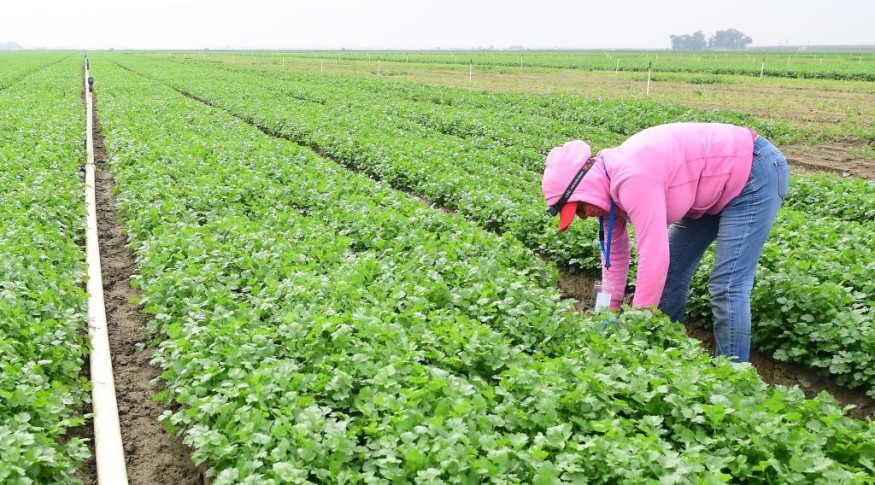Without the need for sunlight, artificial photosynthesis can help create food.
Photosynthesis Without Sunlight

For millions of years, plants have evolved photosynthesis to convert water, carbon dioxide, and solar energy into plant biomass and the meals humans eat. However, this process is inefficient, with only around 1% of the energy found in sunlight reaching the plant.
Scientists at UC Riverside and the University of Delaware have discovered a technique to manufacture food without the requirement for biological photosynthesis by employing artificial photosynthesis.
The study, published in the journal Nature Food, used a two-step electrocatalytic method to transform carbon dioxide, energy, and water into acetate, the primary component of vinegar. In order to develop, food-producing organisms require acetate in the dark.
When combined with solar panels to create the electricity to fuel the electrocatalysis, this hybrid organic-inorganic system might boost the conversion efficiency of sunlight into food by up to 18 times for specific crops.
"We aimed to uncover a novel means of manufacturing food that might break through the restrictions generally imposed by biological photosynthesis," said corresponding author Robert Jinkerson, an associate professor of chemical and environmental engineering at UC Riverside.
Developing Food-Producing Organisms

The output of the electrolyzer was tuned to assist the development of food-producing organisms in integrating all of the system's components. Electrolyzers are electrical machines that transform raw materials such as carbon dioxide into usable chemicals and products. The amount of acetate produced was raised while the amount of salt required was lowered, resulting in the most acetate ever generated in an electrolyzer to date.
They achieved a high selectivity towards acetate using a state-of-the-art two-step tandem CO2 electrolysis setup developed in our laboratory using a state-of-the-art two-step tandem CO2 electrolysis setup developed in our laboratory, said corresponding author Feng Jiao of the University of Delaware.
Experiments revealed that a diverse variety of food-producing organisms, including green algae, yeast, and fungal mycelium that produces mushrooms, can be grown in the dark directly on the acetate-rich electrolyzer output. This method is roughly four times more energy efficient than having algae photosynthetically. Yeast manufacturing is approximately 18 times more energy efficient than traditional methods of cultivation that use maize sugar.
Feasibility of the Method
The feasibility of using this method to cultivate agricultural plants was also studied. When grown in the dark, cowpea, tomato, tobacco, rice, canola, and green pea were all able to use carbon from acetate.
Artificial photosynthesis frees agriculture from total reliance on the light, opening the door to endless alternatives for growing food under the increasingly harsh conditions of human climate change.
Drought, flooding, and decreased land availability would pose less danger to global food security if crops for people and animals were grown in less resource-intensive, regulated conditions. Crops might even be produced in cities and other regions that are now unsuitable for agriculture and could feed future space travelers.
Potential Uses
This food production method was submitted to NASA's Deep Space Food Challenge and was a Phase I winner. The Deep Space Food Challenge is an international competition in which teams compete for rewards for developing unique and game-changing food technologies that need minimum inputs while maximizing safe, nutritious, and pleasant food outputs for long-duration space missions.
"Imagine enormous containers producing tomato plants in the dark and on Mars-how much simpler would that be for future Martians?" said co-author and head of the UC Riverside Plant Transformation Research Center Martha Orozco-Cárdenas.
Related Article : Plant Based Meat Alternatives Can Dent Conventional Meat Market by 2025
For more news update about alternative lifestyle and the environment, don't forget to follow Nature World News
© 2025 NatureWorldNews.com All rights reserved. Do not reproduce without permission.





